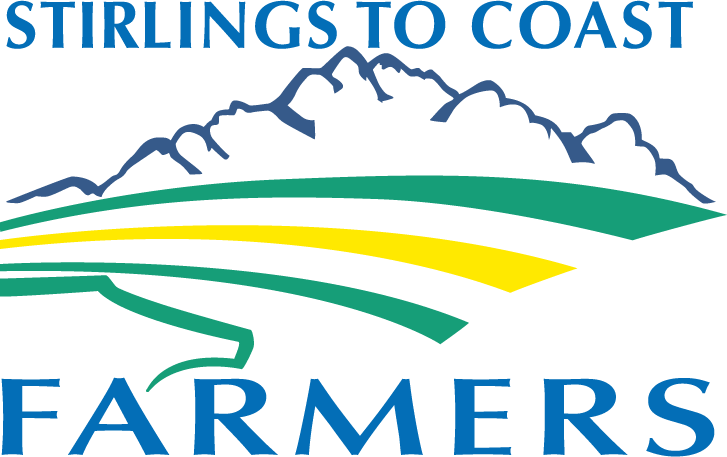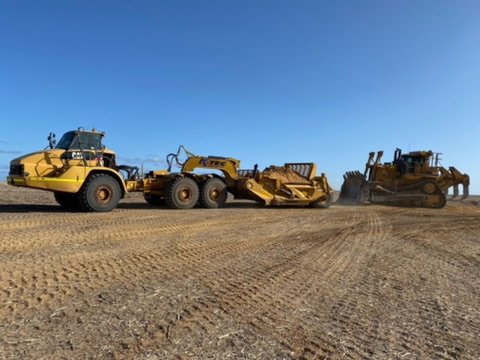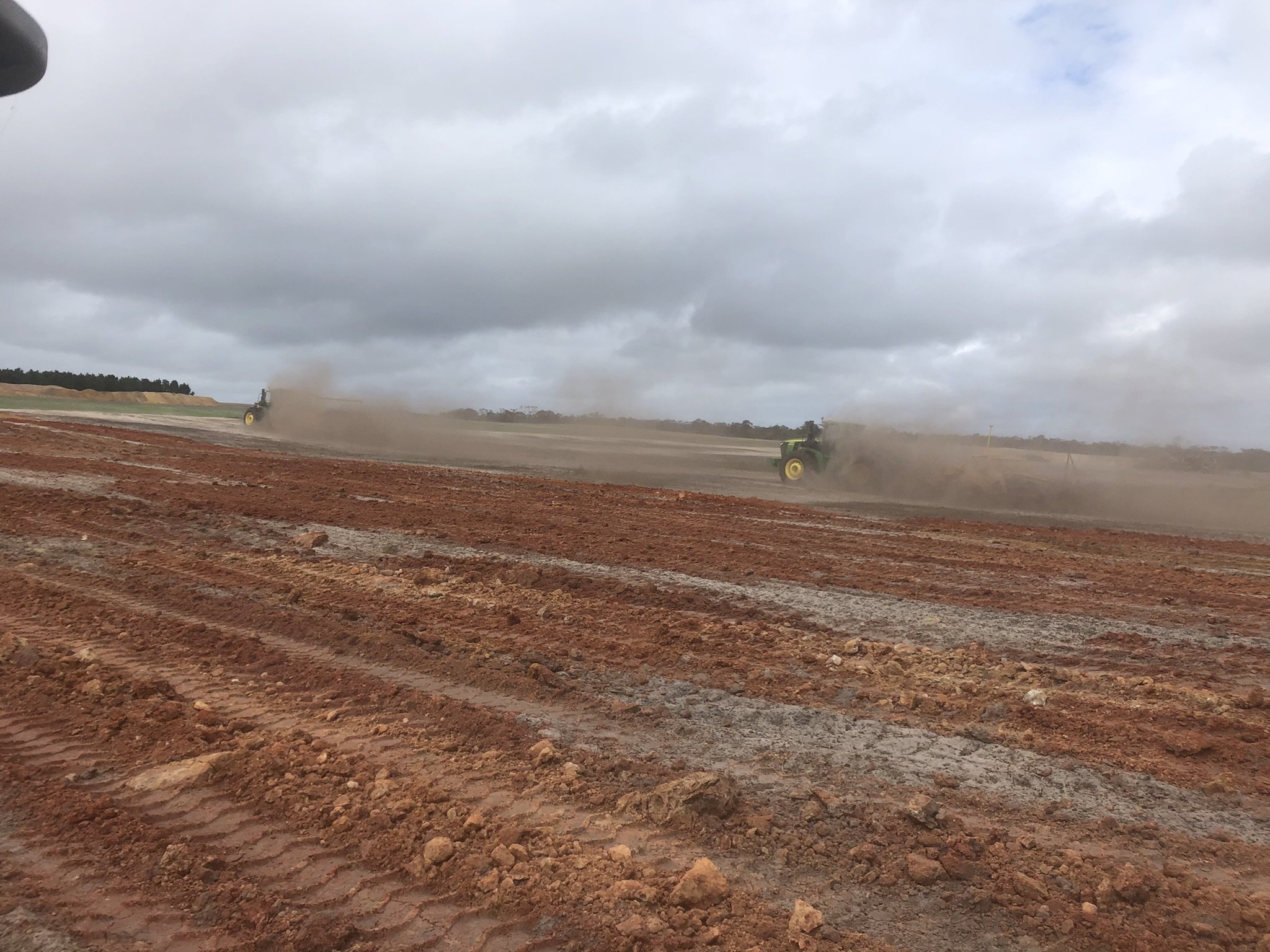Increasing the effectiveness of claying soils in the Albany Port Zone
Project Aim
Stirlings to Coast Farmers (SCF), in collaboration with Southern Dirt, were recently awarded a project from the GRDC looking at improving the efficiency of claying soils in our region. The overall outcome is that:
By 2024, growers spreading, or intending to spread, clay will have increased ability to assess on-farm clay sources and have methods to better monitor clay application rates.
Background
Many of our members have experienced the transformational productivity benefits of spreading clay on sandy soils, including improved water and nutrient holding capacity, reduced non-wetting expression and increasing soil organic carbon. For over 15 years, local growers have been refining their methods of applying and incorporating clay in their paddocks to improve their soil fertility permanently. Depending on the methods employed and the amount of clay spread, the costs can be $500-$1500/ha.
SCF researchers believe that improvements can be implemented by growers and contractors that would significantly improve the clay spreading efficiency. For example, a 20% improvement in clay spreading efficiency could save $300/ha for growers applying high volumes.
The main area of focus for this project will be improving knowledge of the clay quality growers are spreading and calculating and measuring claying rates to optimise the amount distributed per hectare. We know that clay pits are selected strategically for the most efficient spreading of the clay in the paddock. We also understand that once the topsoil and overburden have been removed, growers feel obligated to use the clay in that clay pit because of the dollars invested in uncovering the product. In some cases, spreading the wrong clay can be detrimental to paddock fertility and be challenging to reverse, although this is rare on our south coast sand plain soils.
Methodology
The two primary components to this project are the hands-on workshops and the grower demonstration sites. The workshops feature DPIRD soil scientist David Hall, who has been an industry-leading researcher for clay-spreading in the Esperance region for over two decades. They will cover the following aspects:
· Can the limitation be reduced by incorporating clay-rich subsoil?
· What type of clay is available on my farm and is this suitable?
· How much clay-rich subsoil is required?
· What changes to management are required after clay is added?
Growers and contractors will learn about the local clay types and the hierarchy of clay quality which can be determined by soil testing or visual assessment. We believe that improving the machinery operator's ability to assess the clay visually will improve their allocations per hectare. Given the expense of claying, there is no point in spreading more clay than required. The workshop will help growers understand the basic theory of the clay percentage they should be aiming to achieve in their "new" soil and how many tonnes of clay it will take to complete the aim.
The project's second component is the grower demonstration sites measuring the benefits obtained from clay spreading. SCF will host one demonstration site on our sandplain soils, and Southern Dirt will host a site at Muradup on a forest gravel soil. The demonstrations will be installed before seeding this year so we can gather production, soil and clay quality data over the next two growing seasons.
Finally, SCF will investigate a simple and easy to follow method for measuring the amount of clay spread on a grower's paddock. Once we have refined our technique, we will publish the process and distribute it to local members and growers while making it available to interested parties through our website.
resources
Photo Credits: Josh Goad
ACKNOWLEDGEMENT
Stirlings to Coast Farmers and our collaborating partners would like to thank the GRDC for investing in this project.





